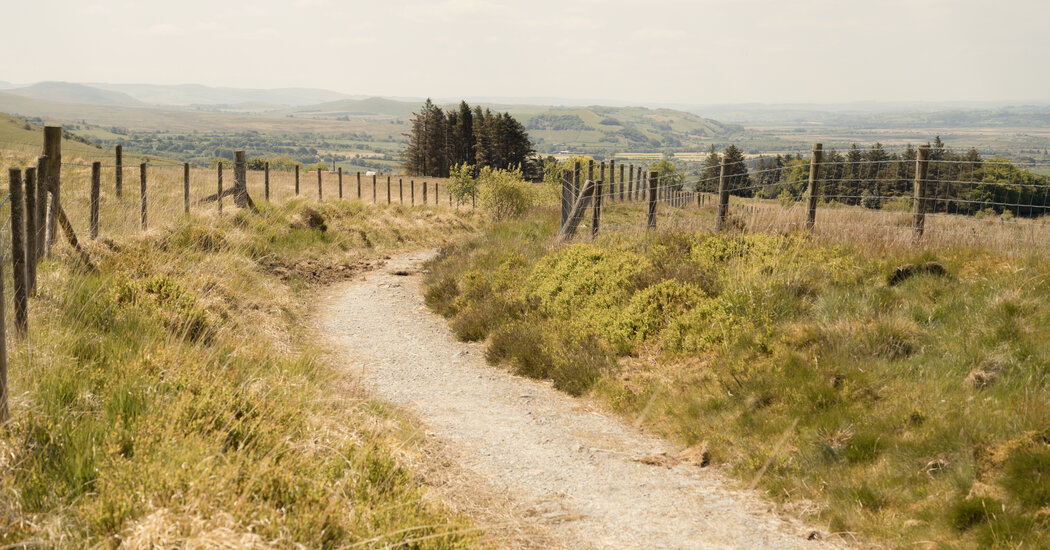Nine hundred years ago, the Lord Rhys, ruler of the ancient Deheubarth kingdom, established a great seat of religious learning in the heart of mid-Wales. The abbey was called Ystrad Fflur (Strata Florida in the Latin spoken by the Cistercian monks who ran it). It means Vale of the Flowers in English.
Today, much of Ystrad Fflur is just a memory save for a grand stone Romanesque arch nearly 25 feet tall, the foundation outline of the abbey and the graves of 11 Welsh princes laid to rest next to one another. Nevertheless, when you stand in the grounds of the abbey and cast your eye around the wide, beautiful Tywi River valley that envelops it, it is easy to imagine just how influential this place once was.
It was here, sometime around 1350, that the monks received a commission from a wealthy local man to create a written record of the Welsh legends and folklore that had been passed down by poets, going back perhaps as far as the sixth century.
The stories that the monks wrote down conjured up a magical post-Roman age where mythical kings, noblemen, magicians, witches and giants came together in a land that is unmistakably Wales. Today, these stories are known globally because of a 19th-century English translation of the ancient text. The characters, including Arthur, Merlin, Pryderi, Gwydion and Rhiannon, have become mainstays in modern literature even as their stories have been adapted to suit many different narratives.
By the time I reached Ystrad Fflur, situated on the edge of what now is the village of Pontrhydfendigaid, I was nearly halfway through a 300-mile walking journey and, I guess, meditation through Wales. Ostensibly, I was exploring a potential trail for the new National Forest for Wales, an ambitious Welsh government plan to tackle climate change, boost biodiversity and promote nature tourism. But I also had a greater motivation — I wanted to understand how the National Forest might help us reconnect and restore balance with nature.
I’d started walking a couple of months before — partly to alleviate the anxiety I (and so many of us) felt during the pandemic. The more I walked in the woodlands of Wales, the more at peace I felt in this uncertain world. Now, I’d made it to the region of Ceredigion. For the next two days, I’d be following the 36-mile Borth-to-Pontrhydfendigaid Trail through the mountains to the coast at Cardigan Bay. The trail had been devised by a storied local walker named Mal Evans. His route ran from north to south,…
Click Here to Read the Full Original Article at NYT > Travel…
